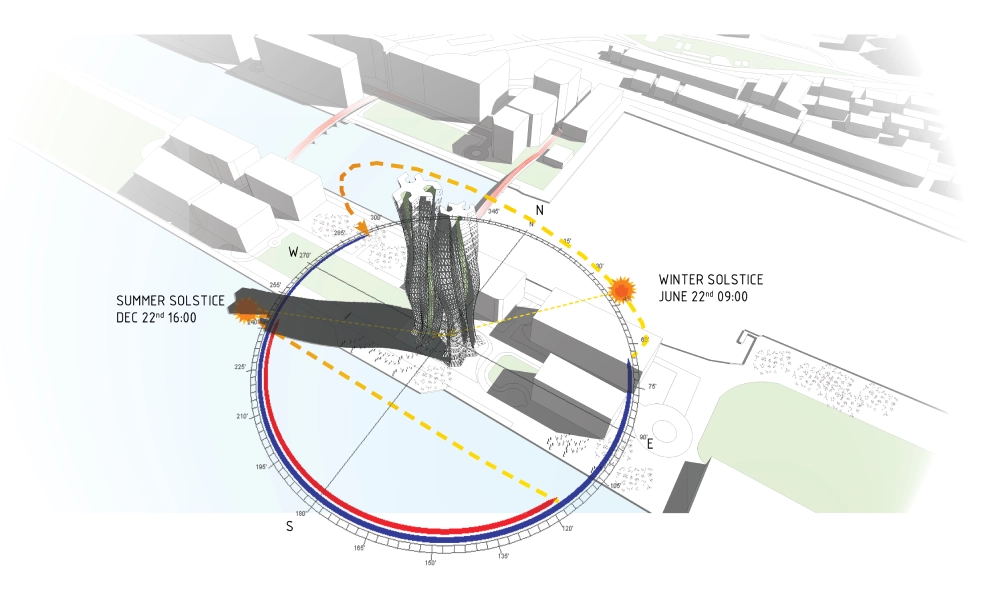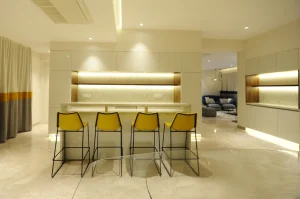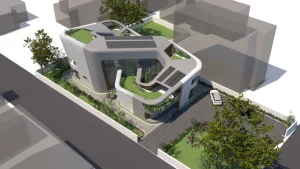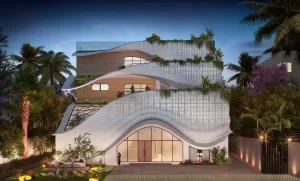












AERO-HIVE
Breathing Nature

LOCATION
Kai tak, Hongkong
SKILLS
Concept, computational Design
TYPE
Commercial
AREA
1884717 sq.ft (175096 sq.m)
CLIENT
Bee Breeders Competition organizers & Manipal University
AWARDS
Skyhive Skyscraper Challenge, 1st place (United States)
A’Design Award & Competition, Silver Winners (Italy)
Aero Hive is a breathing entity. The breath of this building transpires through vertical diaphragms in the form of green sky atriums that behave as lungs, performing the intake of oxygen and removal of carbon dioxide. This exchange is a way of natural ventilation and is the preferred option when attempting to deliver fresh air to any space due to its low energy requirements. The wind flow to the indoor spaces is carried using wind-scooping and the ‘venturi’ effect through the traversing green diaphragms that are oriented facing prevailing winds. Aero Hive aims to challenge the common belief that contemporary tall buildings cannot be ventilated naturally due to their height and offers pause from the typical hermetically sealed glass-boxes, serving as a model of sustainability.
An algorithmic process of designing has been followed by creating a differentiated array of a hexagonal floor plates that variably changes scale based on environmental criteria, functional aspects, structural logics and aesthetic parameters. A central triangulated core anchors each tower that arises 290m above ground level carrying a twisting form. Form is encapsulated by a triangulated exoskeleton articulating a multistory atrium located at the extremities leaving clear floor plates for functional distribution. The building has been optimized such that sunlight will be carefully controlled, avoiding direct solar heat. Each three-story semi enclosed atrium contains office spaces on either side of the exterior hexagonal arms. The rotational and scaling aspects of floor plates around the central cores creates a folding form that grows high to create an amorphous geometry with atriums that spiral along the towers in two different directions as per climatic aspects.



